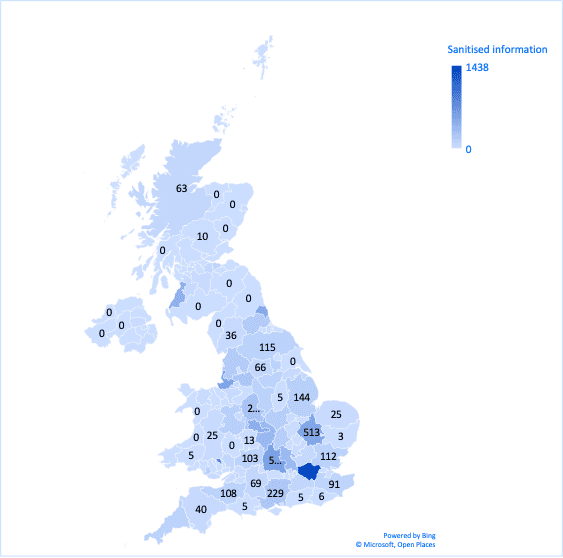Challenges
-
Technology Mapping
-
Database development
-
Battery Storage
Client
Department of Business and Trade, UK
Challenge
CLT was appointed by the Department for Business and Trade (DBT) to develop a comprehensive database mapping the UK battery sector. The sector is highly complex, characterised by global value chains, emerging technologies, and a mix of established players and new market entrants.
The aim of the database is to provide DBT with a robust evidence base covering company financials, industrial activities, and geographic data for businesses active in the sector and their manufacturing sites. The database is intended to support DBT’s strategic planning and programme development.
Solution
A core part of the work involved mapping companies and specific sites to their respective segments of the battery value chain based on their activities. CLT’s battery specialists worked closely with the DBT Battery Advisory Group, which includes both industry and government stakeholders, to agree on a sector segmentation approach. This includes organisations involved in:
- The production of all types of primary and secondary cells, along with the materials and components that form them, as well as the assembly of cells into modules and packs.
- End-of-life processing, including battery disposal and recycling, to ensure full life-cycle coverage.
- Technical and support services relevant to the battery industry.
To structure this mapping, each company and its associated sites were tagged against 132 distinct supply chain categories.
To provide DBT with insightful data for decision-making, the project gathered information on employment, turnover, geographic location, technology readiness levels, and investment/grants received. This helped identify specific areas of competitive advantage within the UK battery supply chain, their maturity, and the regions leading the battery economy. The findings also revealed opportunities to develop the UK supply chain and risks that will require mitigation. In total, data was gathered on 288 companies and 447 sites.
A mixed-methods approach was used for data collection, drawing from databases, desk-based research, and consultations with sector experts. In many cases, data was validated directly through phone calls with companies. Where turnover figures were not publicly available (e.g. for companies filing exemption accounts), estimates were made using data from the Office for National Statistics (ONS).

Outcome
Once the analysis was completed, we delivered tailored insights to address key questions from DBT regarding the battery economy, for example, the scale of economic and industrial activity across different segments of the sector. This included assessments of technology maturity, investment volumes, and employment levels.
We also developed interactive dashboards to enable meaningful interrogation of the database and allow users to explore key metrics and extract detailed information for each region of the UK

